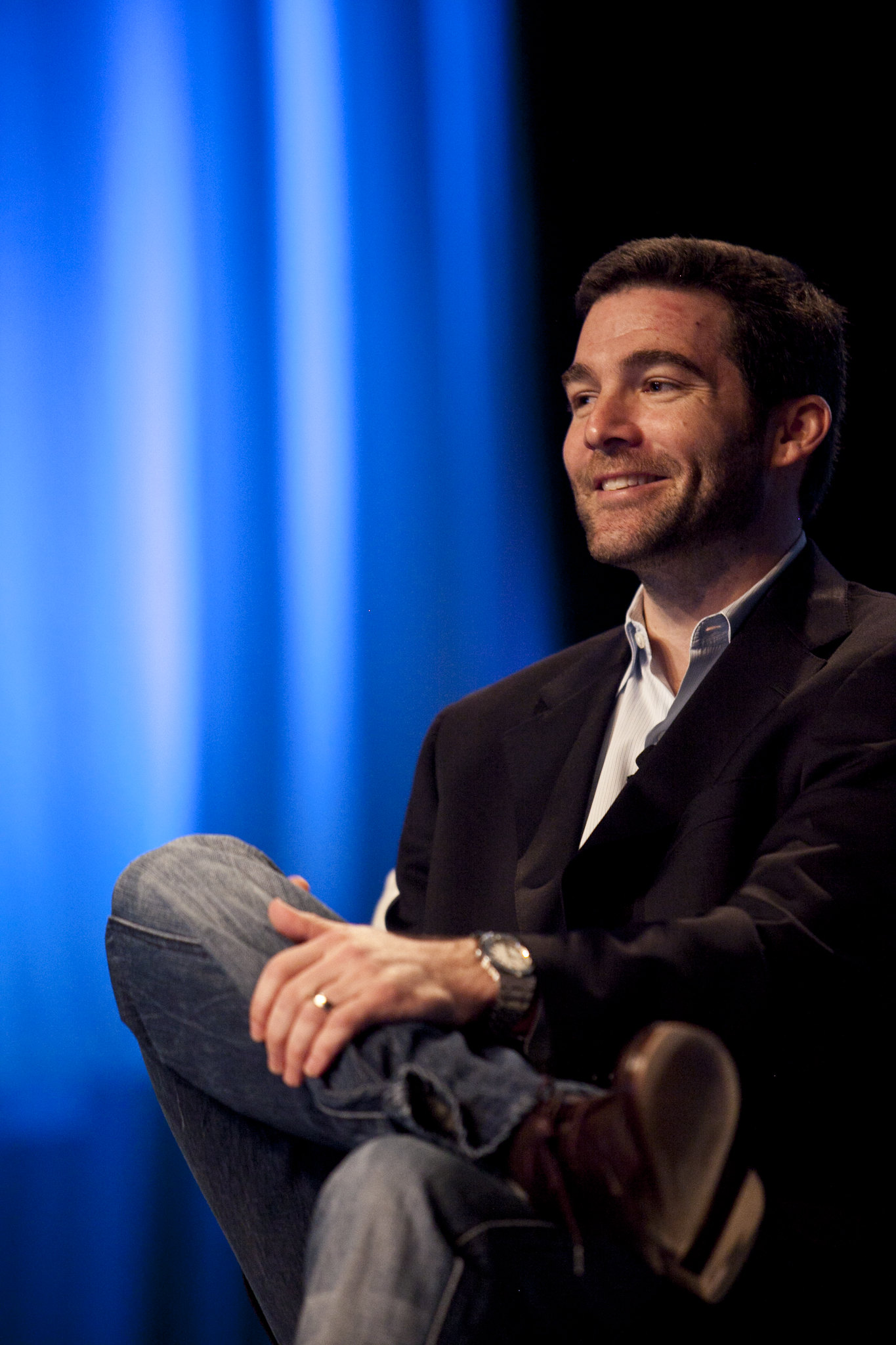Photo by Tech Crunch via Flickr
What makes for a great hire?
That’s one of the questions CNBC’s Adam Bryant posed to LinkedIn CEO Jeff Weiner in a recent, wide-ranging interview. In the course of his answer, Weiner pointed out that he looks not only for people who are bright, but those with a “steep learning curve.”
Weiner continued:
“[These are] folks that are going to be comfortable going into a situation where they may not be expert they may not have the requisite experience but they’re capable of learning really, really fast and they not only are capable of learning, they really enjoy the process of learning–which makes it that much easier.”
We can distill this amazing quality into a single sentence of advice:
“Don’t be a know-it-all; instead, be a learn-it-all.”
Why a “Learn-It-All” Has the Advantage
The fact is, in any job you’re going to encounter new and unfamiliar situations. You won’t be prepared for all of them.
So, how do you react when you’re thrust into the deep end? There are basically three options.
You can:
- Become completely overwhelmed and paralyzed by fear
- Ignore the fact that you’re out of your depth, and push forward with the knowledge you currently possess
- Acknowledge that you don’t know much about the topic at hand, but are willing to learn as much as you can and get to work
Which do you think will serve you best on the job?
If you adapt a “learn-it-all” mentality, you won’t allow fear to paralyze you. Nor will you allow hubris to prevent you from asking questions or benefiting from others’ experience.
And most importantly, you won’t be afraid to try and make mistakes–realizing those mistakes are all part of the learning experience.
I wasn’t surprised to hear Weiner’s comments. Microsoft CEO Satya Nadella, whose company purchased LinkedIn in 2016, shared a similar sentiment in an interview last year. Explaining how he has tried to implement a “learn-it-all” mindset at Microsoft, Nadella said the following:
“There’s no harm in claiming failure, if [a] hypothesis doesn’t work. To me, being able to come up with the new ways of doing things, new ways of framing what is a failure and what is a success–how does one achieve success? It’s through a series of failures, a series of hypothesis testing. That’s in some sense the real pursuit.”
In other words, there is no growth without learning. And there is no learning without failure.
Those who are skilled get that way by reading, watching, and carefully observing–and then by trying to apply what they’ve learned. By facing your fears with courage, you’ll emerge from the battle a little smarter, a little more experienced, a little more ready for the next time.
So, remember: if you truly want to grow…
Don’t be a know-it-all. Be a learn-it-all.
Enjoy this post? Check out my book, EQ Applied, which uses fascinating research and compelling stories to illustrate what emotional intelligence looks like in everyday life.
A version of this article originally appeared on Inc.com.


